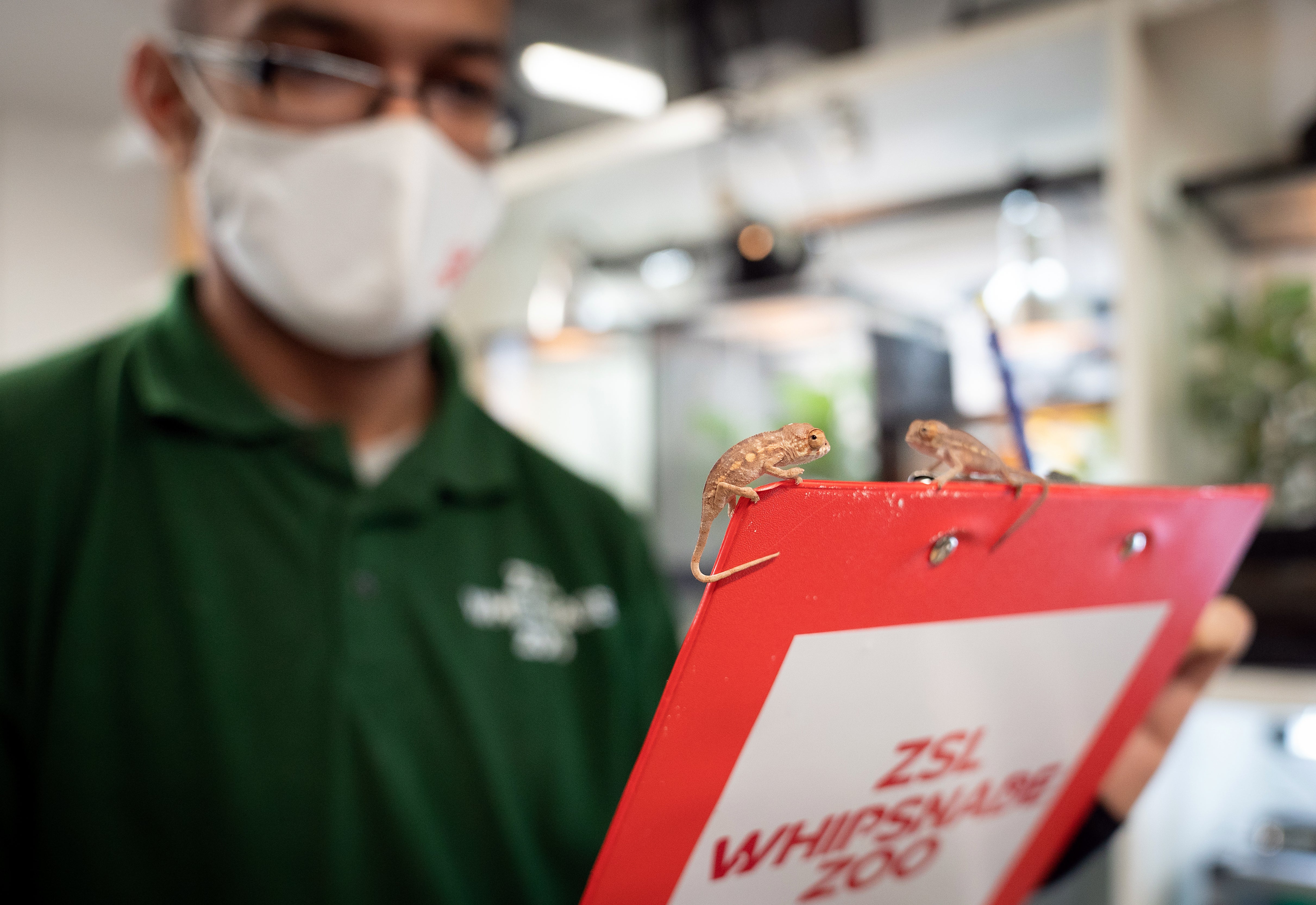Annual stocktake of nearly 10,000 animals under way at UK’s largest zoo
Nandi, a young rhino born at Whipsnade Zoo last year, will be counted for the first time, along with a number of chameleons and fish.

Your support helps us to tell the story
From reproductive rights to climate change to Big Tech, The Independent is on the ground when the story is developing. Whether it's investigating the financials of Elon Musk's pro-Trump PAC or producing our latest documentary, 'The A Word', which shines a light on the American women fighting for reproductive rights, we know how important it is to parse out the facts from the messaging.
At such a critical moment in US history, we need reporters on the ground. Your donation allows us to keep sending journalists to speak to both sides of the story.
The Independent is trusted by Americans across the entire political spectrum. And unlike many other quality news outlets, we choose not to lock Americans out of our reporting and analysis with paywalls. We believe quality journalism should be available to everyone, paid for by those who can afford it.
Your support makes all the difference.Staff at the UK’s largest zoo have begun the mammoth task of counting nearly 10,000 animals in their annual stocktake.
Whipsnade Zoo in Bedfordshire is home to more than 9,500 animals, which need to be audited on an yearly basis as a stipulation of the park’s licence.
The zoo’s animal manager, Matthew Webb, said: “Some species are easy to count, but others can be tricky: our aquarium keepers sometimes take still images of the tanks so they don’t count the same fish twice, while our almost 200 deer have to be counted with a lot of stealth and a lot of patience.”
Among the animals involved in the count for the first time is Nandi, born last year, who was one of seven animals in the zoo’s crash of southern white rhinos.
Also new to the count are a number of recently born baby chameleons, as well as a selection of extinct-in-the-wild freshwater fish which have been bred at the zoo.
London Zoo which like Whipsnade is run by the Zoological Society of London also began its annual stocktake this week.
The information gathered from both counts will be shared with zoos around the world via the Zoological Information Management System database.
Mr Webb said: “The numbers are used to plan the conservation breeding programmes for endangered species.”